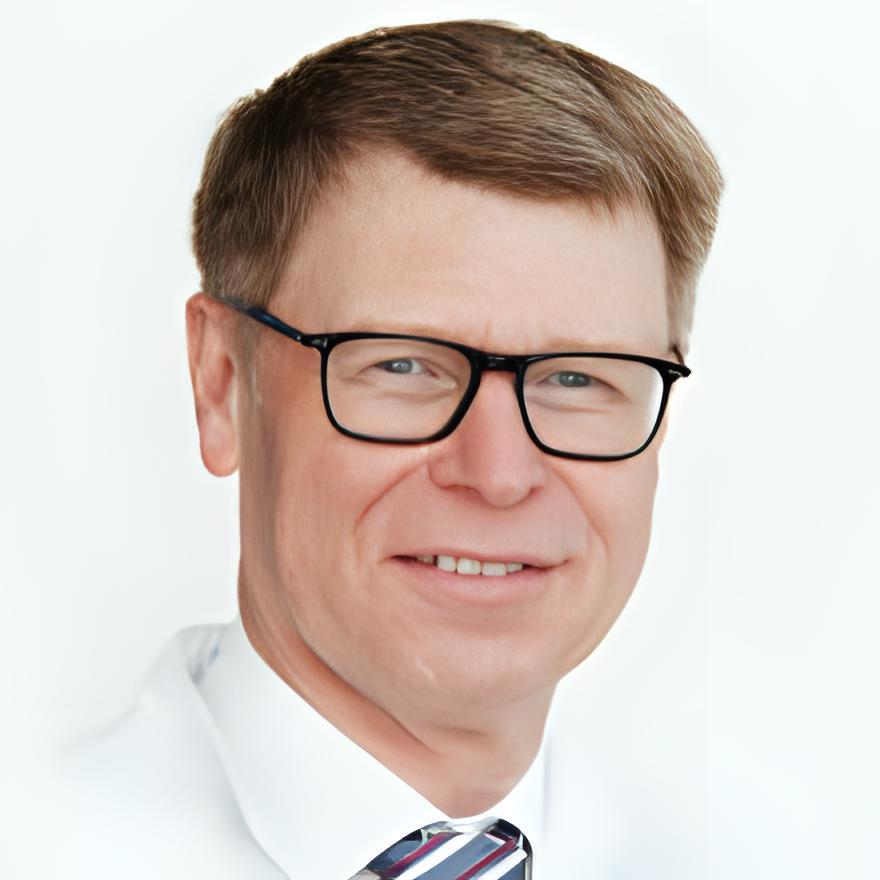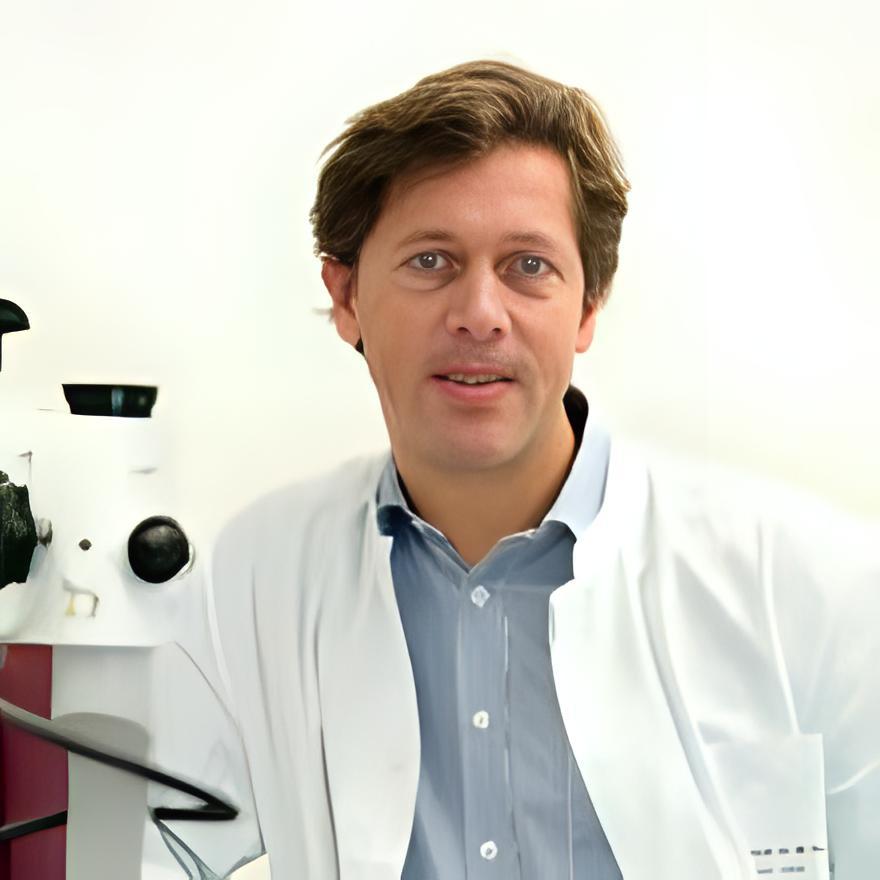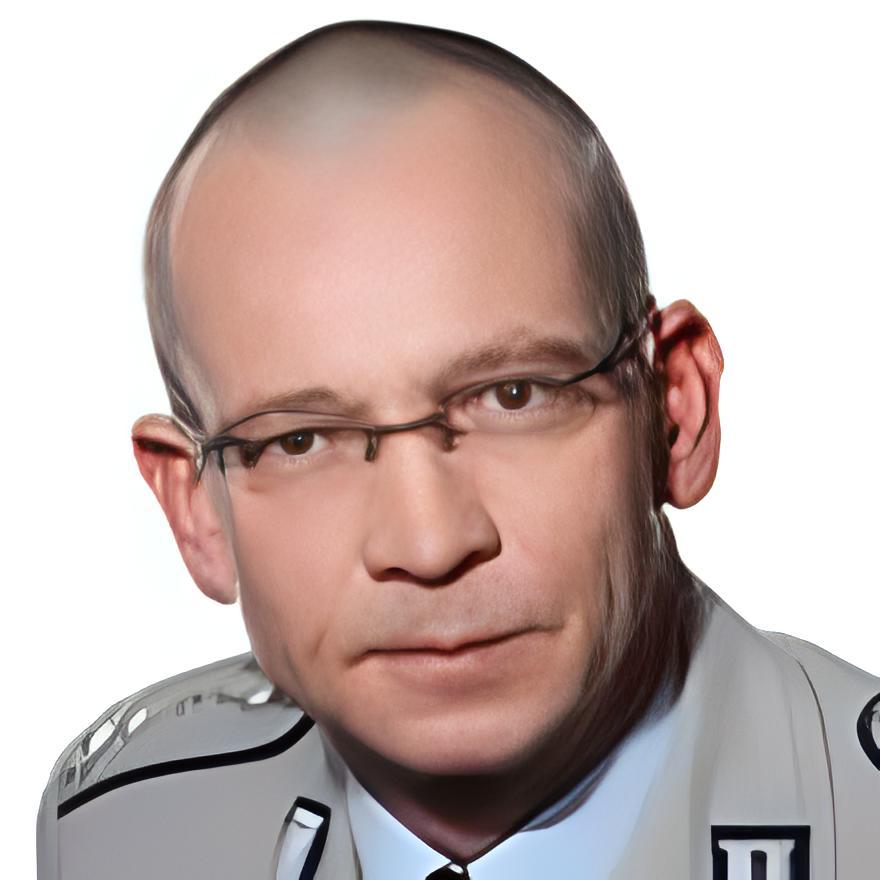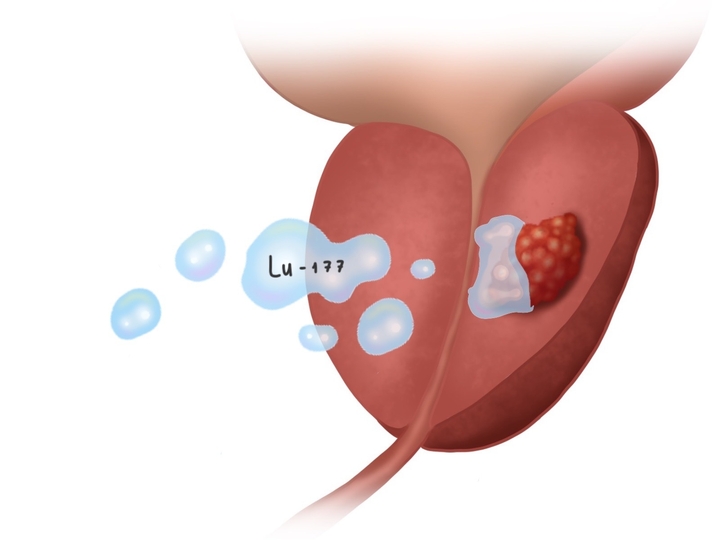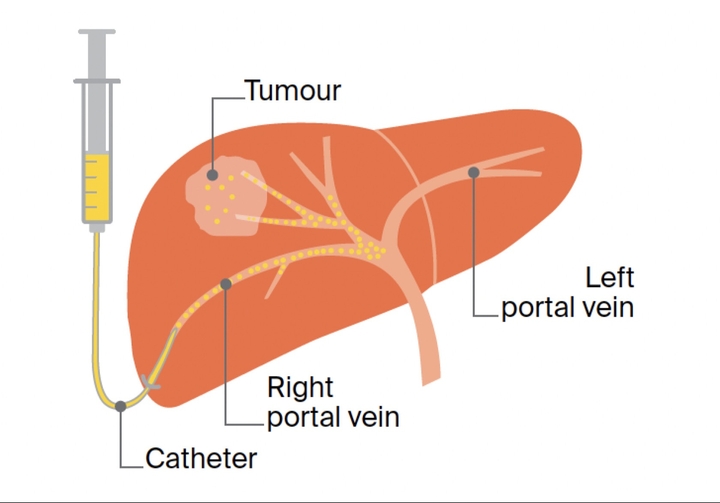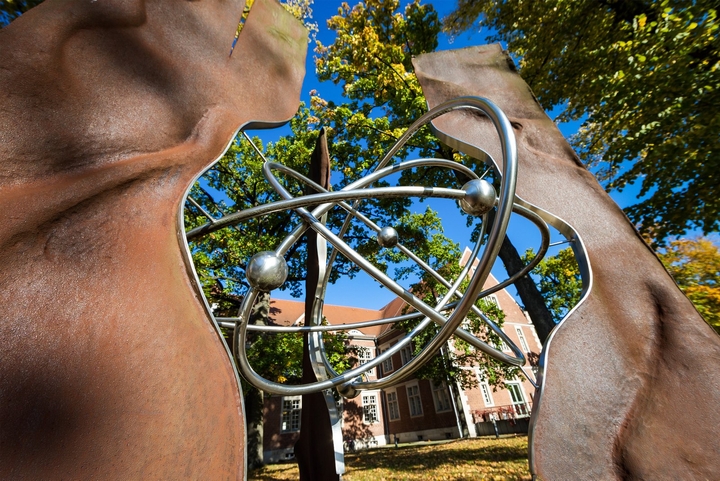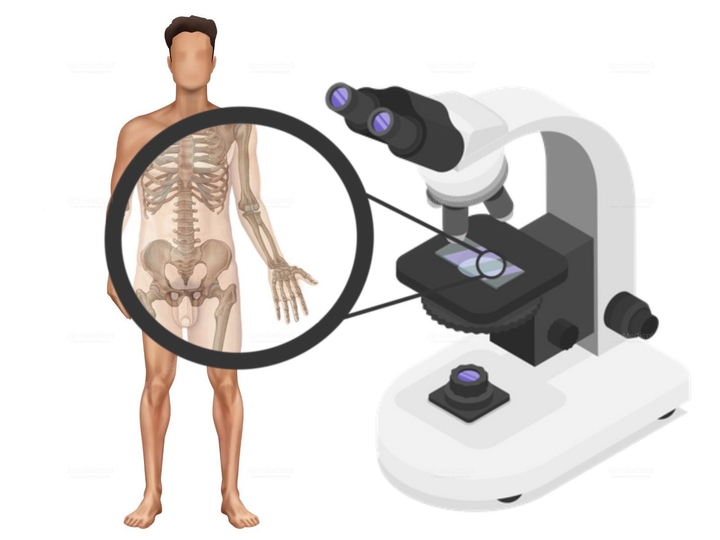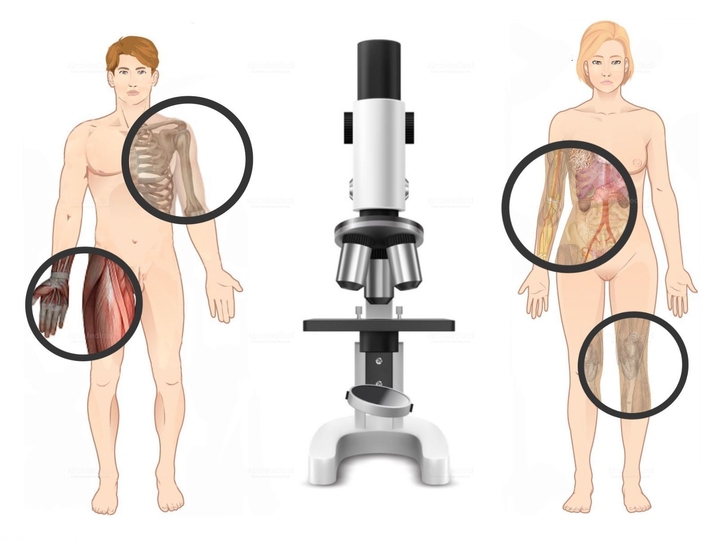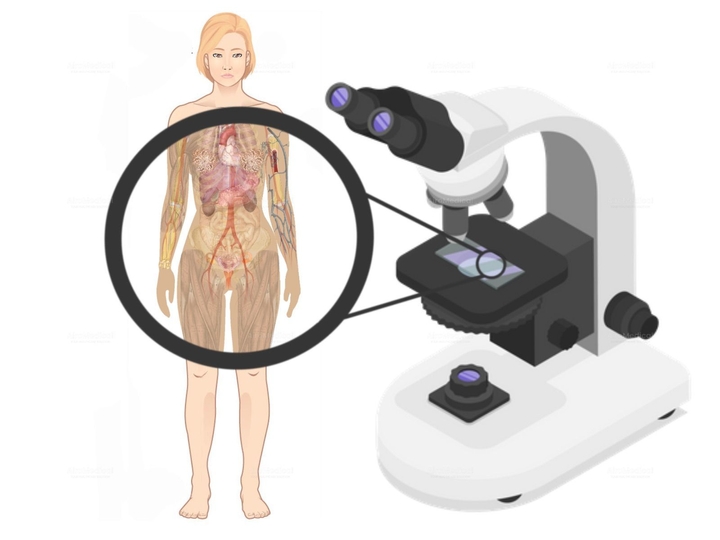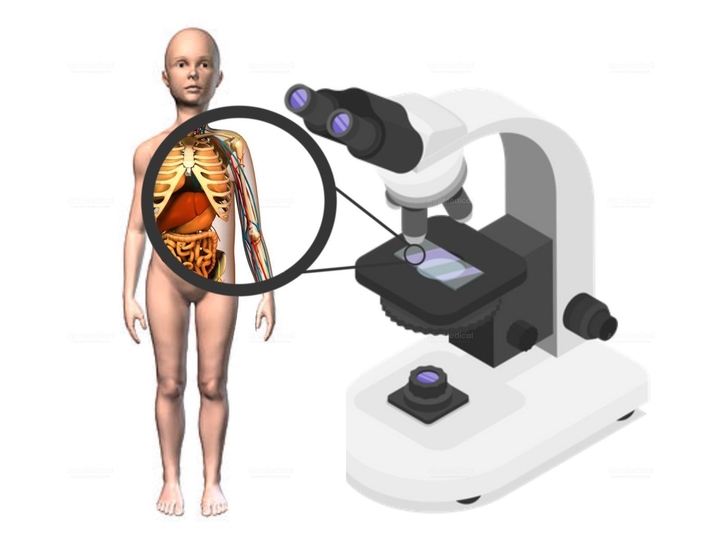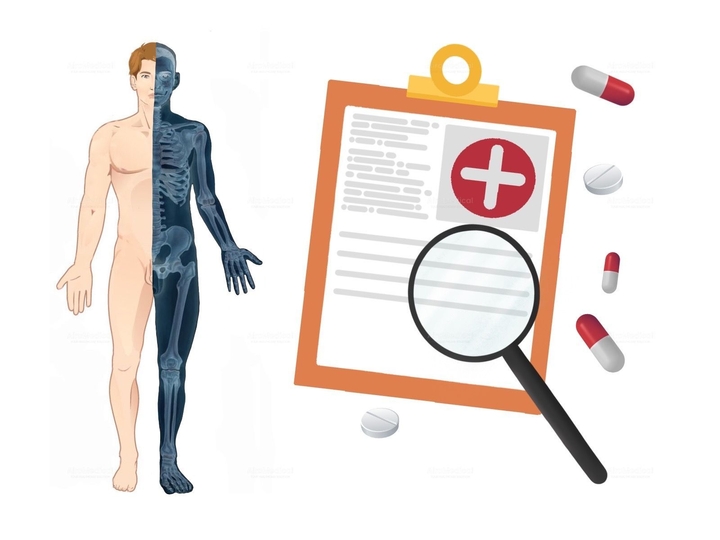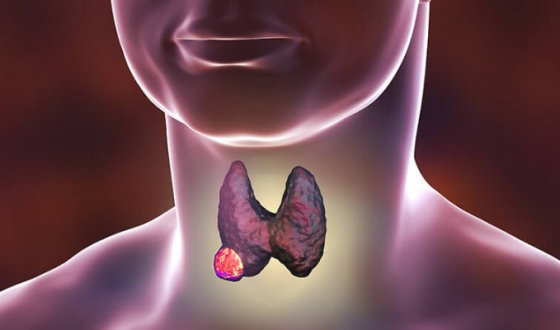Otolaryngology (ENT) Worldwide: Best Hospitals, Doctors, Options, & Cost
High-quality otorhinolaryngology care is more relevant today than ever since everyone has faced ENT disease at least once. Unfortunately, children are especially susceptible to them. Hearing impairment, dizziness, nasal disease, throat problems, snoring, tumor suspicion, or a second opinion about an already diagnosed illness – all these difficulties that affect the quality of life can be solved quickly by an experienced ENT doctor.
For many people, seeking ENT treatment abroad can be intimidating. Everyone is in a hurry to tell the reader about their merits and achievements in otorhinolaryngology. Therefore, it is difficult to focus on the main points and choose a hospital for the best ear, nose, and throat treatment.
Therefore, weighing all the pros and cons before making a final decision is essential. The final result of the trip and your health largely depends on your choice.
Best ENT hospitals worldwide
What should you look for in an ENT center?
When selecting an ENT clinic, there are several important factors to consider. It is valuable to look for other patients' experiences and check clinic profiles on AiroMedical that provide reviews and credentials for each otorhinolaryngology clinic.
Additionally, assessing the treatment cost in the preferred hospital is crucial, as it can vary significantly. It is also essential to research the doctors' qualifications at the clinic and decide whether you prefer a narrow ENT center or a general hospital that offers a broader range of specialists.
The ENT clinic's certifications indicate quality and adherence to ear, nose, and throat treatment standards. Exploring the availability of new methods and the clinic's knowledge of advancements in the ENT field is also beneficial. Paying attention to entry requirements and non-medical details is advisable, and consider assistance to ensure a smoother experience.
Top ENT doctors worldwide
How do you locate the best ENT doctor?
Medical tourism can provide high-quality care, whether you need a particular procedure or a complex operation. Choosing the right ENT doctor means checking their experience, specialties, and board certification. They should have a strong track record and have a wide range of skills. If you need specific care, like for kids or certain conditions, make sure they are specialized in those areas.
Their board certification shows they have high standards and are up-to-date with the latest knowledge. It would be best to look at their success in their treatments and how many procedures they have done.
Doctors keep learning and improving if they contribute to research and use the latest technology. Patient reviews can also tell you about their communication skills and patient care. AiroMedical will help you find great doctors worldwide and arrange travel and meetings, allowing you to focus on your health for any treatment.
Latest tools in ear, nose, and throat diagnosis
An essential ear, nose, and throat treatment point is diagnosis. If signs of a respiratory infection appear – cough, runny nose, hoarseness of voice, tickling, and redness of the throat – you should immediately consult an ENT doctor.
In otorhinolaryngology, doctors use the following
A feature of the treatment approach of leading doctors is close cooperation with specialists in other fields of medicine - neurologists, immunologists, and allergists- making it possible to clearly and objectively identify the cause of the illness, prescribe the necessary treatment, and prevent possible relapses.
Top offers
Advanced treatment options in ENT
When you get treatment for ear, nose, and throat issues in other countries, they often use advanced methods like laser therapy, piezosurgery, microsurgery, and radio wave therapy. These are less invasive and less painful than traditional surgery. You can often leave the hospital the same day and quickly return to everyday life.
As healthcare technology improves, these newer treatments are being used more because they work well and let people recover faster. This makes them a popular choice in many countries.
Examples of new ear, nose, and throat methods
They have already firmly taken their place in the practice of the world's leading clinics:
At AiroMedical, we make it easier for patients to access top-quality ear, nose, and throat (ENT) treatments worldwide. We aim to connect you to the latest medical techniques that cause less discomfort and speed up recovery.
We also believe in combining health with appearance, endorsing procedures that improve breathing and aesthetics. And we recognize the life-changing benefits of surgeries.
More latest otolaryngology treatments
As ENT treatments continue to improve, we're committed to keeping up with the changes and connecting you with the best care. AiroMedical helps patients to be in charge of their health, giving them access to top-notch medical treatments around the globe.
Ear, nose & throat treatment cost worldwide
Advantages of medical travel for ENT care
World-level medicine has excellent opportunities, and this fully applies to otorhinolaryngology. Doctors in ENT centers achieve high results in restoring hearing and voice, performing operations to restore the larynx and trachea.
In addition, the installation of cochlear implants and treating diseases or paralysis of the vocal cords today are also included in the medical services offered in ENT departments.
The reasons for ear, nose, and throat treatment abroad
In many countries, such as Germany, Czechia, or Israel, the otorhinolaryngology clinical centers often include scientific departments, allowing doctors to introduce the latest developments into practice quickly.
Each of the ENT clinics has its strong side. Your health and sometimes your life depends on choosing the best otorhinolaryngology hospital. Do it yourself or trust the opinion of experts – it's up to you. Specialized medical providers greatly simplify and reduce the patient's risks. They fully supervise your interests abroad. Even before arriving in the country, a medical consultant contacts doctors, and a preliminary treatment plan is drawn. Thus, you are not going blindly but already understand what ear, nose, and throat procedures are waiting for you, on what dates, and how much they will cost.
AiroMedical will completely relieve you of all organizational issues related to the upcoming treatment. Established contacts with the otorhinolaryngology clinics and personally with top ENT doctors in the world allows us to choose the unique treatment option from all possible, not only from those available in one clinic.
Trust the experts, and let us help you to find the best otorhinolaryngologist to treat your disease.
How AiroMedical can help you
Read more in our blogs
FAQ
What are the best clinics for Ear, Nose & Throat (ENT)?
Who are the best doctors for Ear, Nose & Throat (ENT)?
Prof. Dr. med. Roland Ladurner from
Academic Hospital Martha-Maria Munich
Prof. Dr. med. Barbara Wollenberg from
University Hospital Rechts der Isar Munich
Prof. Dr. med. Klaus Dietrich Wolff from
University Hospital Rechts der Isar Munich
Prof. Dr. med. Helmut Michael Friess from
University Hospital Rechts der Isar Munich
Prof. Dr. med. Holm Muhlbauer from
ATOS Orthopedic Clinic Munich









